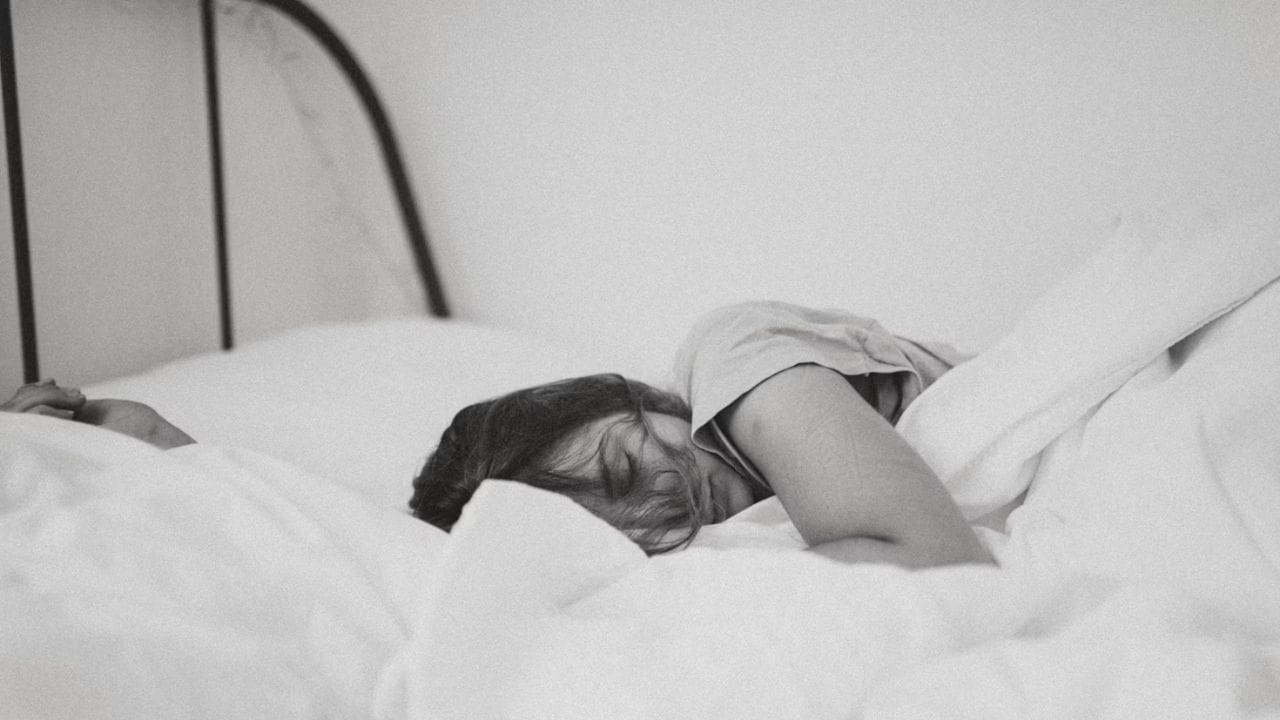In today’s always-on world, getting a full night’s rest has become a luxury. With work pressures, technological distractions, and increasing demands on productivity, uninterrupted sleep seems like a distant dream for many, especially young adults. Yet, good sleep is essential—not only for cognitive function but also for physical well-being.
According to the National Institute of Health, 7% to 19% of adults reportedly do not get enough sleep, while 40% reportedly fall asleep during the day at least once a month. Additionally, the average person gets less than seven hours of sleep every night, according to NIH.
In response, a new trend, “sleepmaxxing,” is emerging as a viral solution, spreading quickly across social media platforms like TikTok.
What is ‘Sleepmaxxing?’
Sleepmaxxing is the latest wellness trend encouraging people to improve their sleep quality by eliminating distractions and enhancing their sleeping environment.
Sleepmaxxing advocates turn to an array of gadgets and supplements – from magnesium sprays and chin straps to foot sprays, mouth tapes, and sophisticated sleep trackers – all designed to promote sleep. Some videos even claim that sleepmaxxing can improve deep sleep by up to 34%.
As the trend gains popularity, tech companies are jumping on board, offering products like the AI-powered Neurotechnology headband, which claims to use brainwaves to cancel out background noise for a more peaceful slumber.
The surge in interest has fuelled a booming market for smart sleep solutions, wearable tech, and wellness gadgets, making it easier than ever to purchase a “better night’s sleep.”
However, the big question remains: Is sleepmaxxing safe and effective? Vanessa Hill, a behavioral sleep scientist at the Appleton Institute in the US, shared her thoughts with The New York Times, noting, “The most important thing is that you feel more comfortable, that’s great.” Yet, Hill adds that most of these gadgets are unlikely to make a significant difference in sleep quality.
Certain techniques, like mouth taping, have been shown to help individuals with sleep apnea, but their impact on those without breathing issues remains unclear.
Additionally, experts warn that sleepmaxxing could lead to unintended negative consequences. One such risk is Orthosomnia, a condition where people become overly fixated on achieving the “perfect” sleep, potentially creating new anxieties and worsening sleep quality.
As sleepmaxxing continues to trend, it is important to approach it with caution. While technology might help, experts emphasize that the most crucial factor in a good night’s sleep is comfort and consistency – something that no gadget can guarantee.
